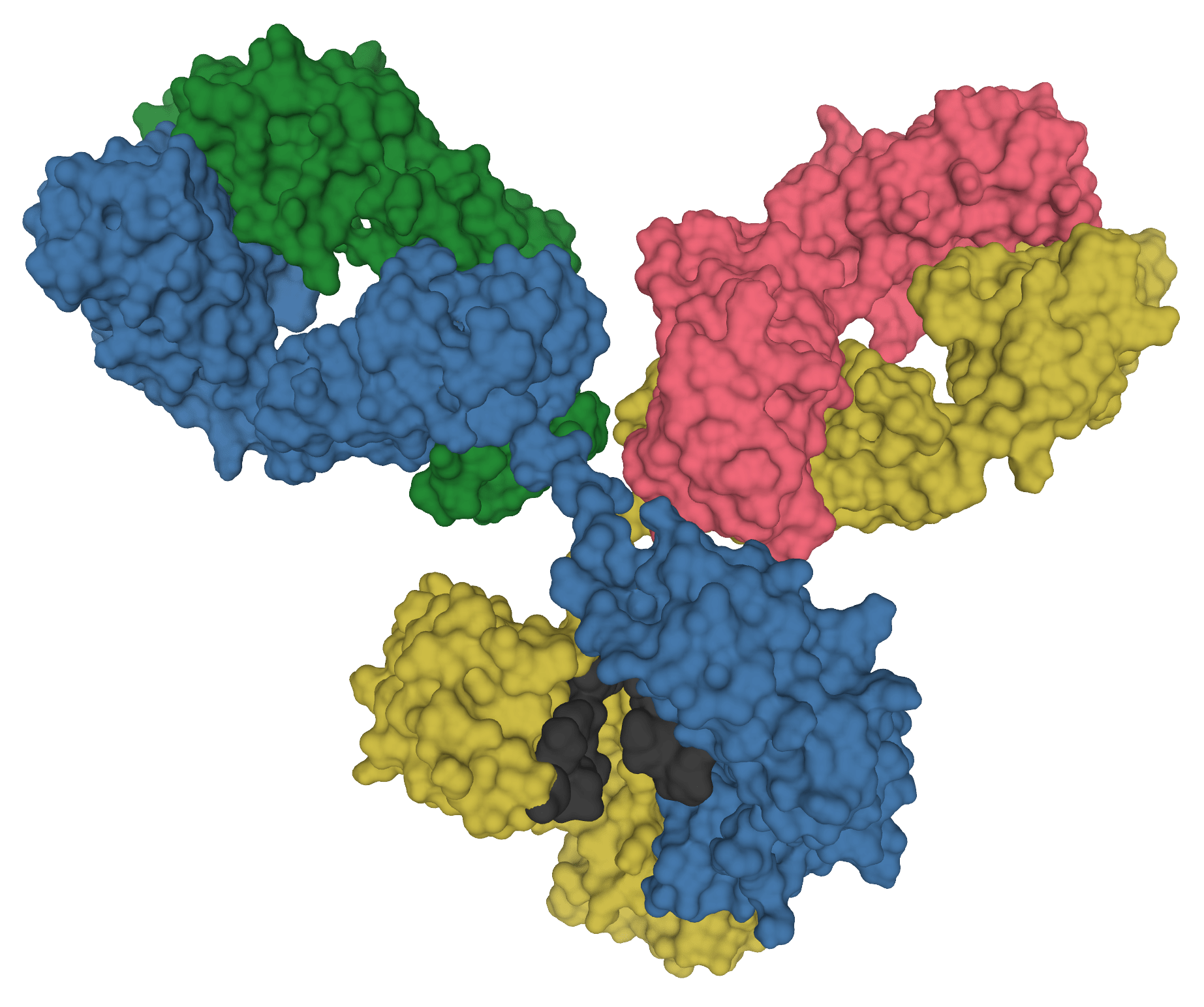Oct 8 (Reuters) – Last year’s updated COVID-19 vaccines helped prevent severe outcomes including hospitalizations and…
- Nursing home residents are commonly prescribed…

Oct 8 (Reuters) – Last year’s updated COVID-19 vaccines helped prevent severe outcomes including hospitalizations and…

Men with HIV and severe sleep-disordered breathing (SDB) experience the most disrupted sleep, with lower efficiency, more light sleep, and greater stage instability than other groups. These study results were published in Sleep.
Researchers…

Relief Web
Download Full Report
FACTS
• On September 4, the DRC Ministry of Health officially declared an outbreak of Ebola virus disease (EVD) in the Bulape and Mweka health zones in Kasai province. Since then, the virus has spread…

The fight against HIV has seen remarkable advances, particularly with the development of broadly neutralizing antibodies (bnAbs) that can target diverse strains of the virus. However, delivering these antibodies efficiently and sustainably…


On September 25, the Department of Health and Human Services released the latest update to its Guidelines for the Use of Antiretroviral Agents in Adults and Adolescents With HIV. Among the changes is a new chapter on cardiovascular and metabolic…

Many…

Updated as of: 08 October 2025
…


Kevin Hall made a career out of figuring out what’s wrong with the way we eat. So, you may be surprised to discover that he isn’t one of those “clean” eating types who shun all packaged foods.
In fact, Hall feeds his…